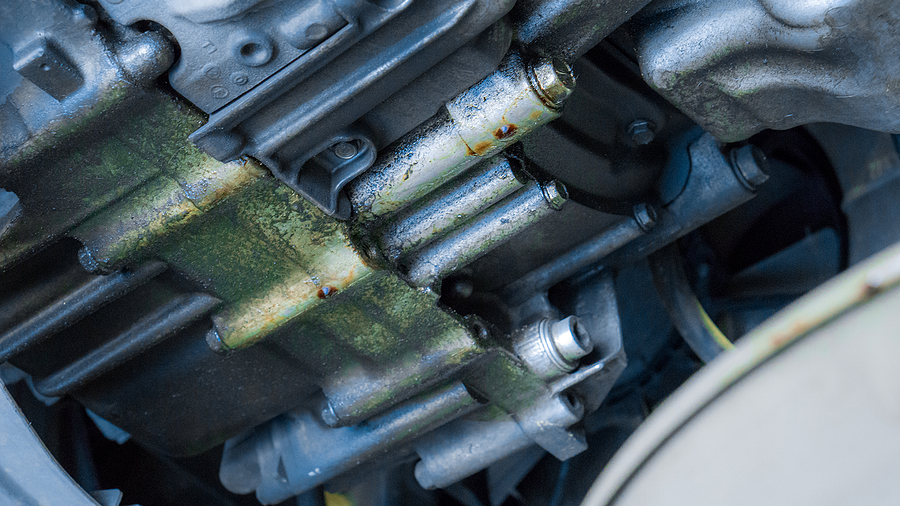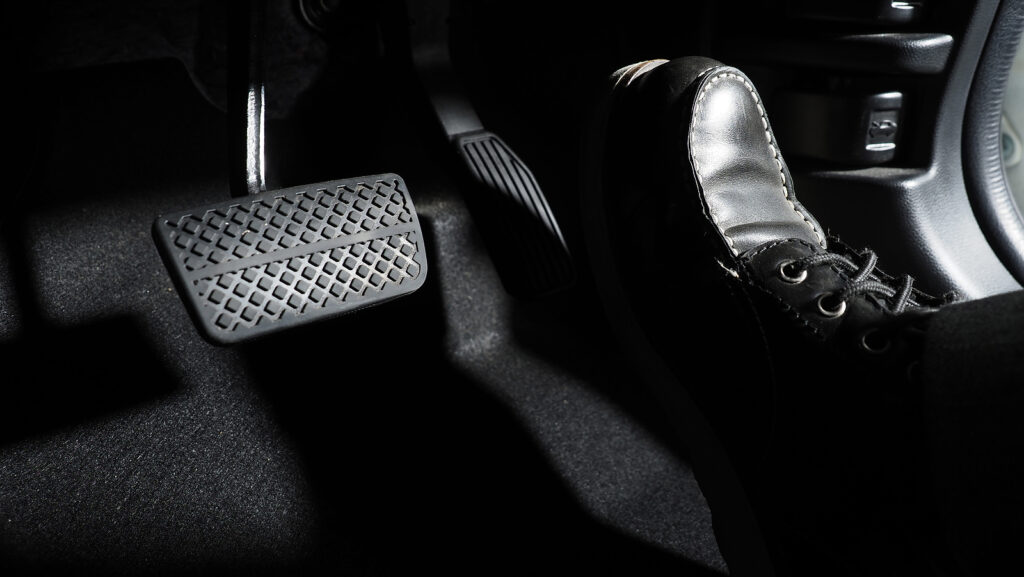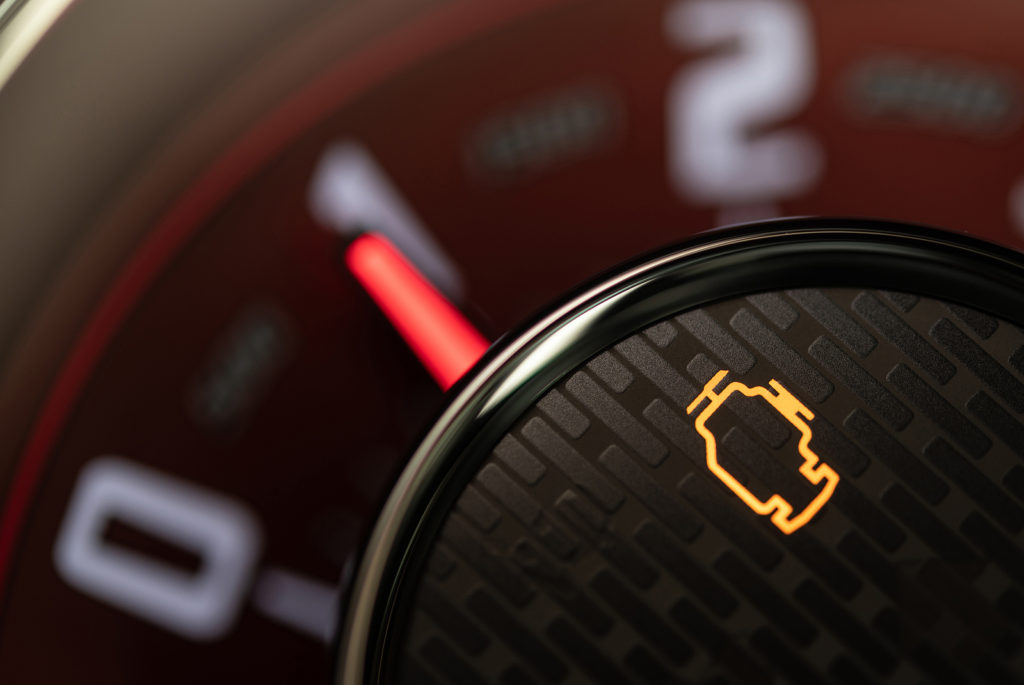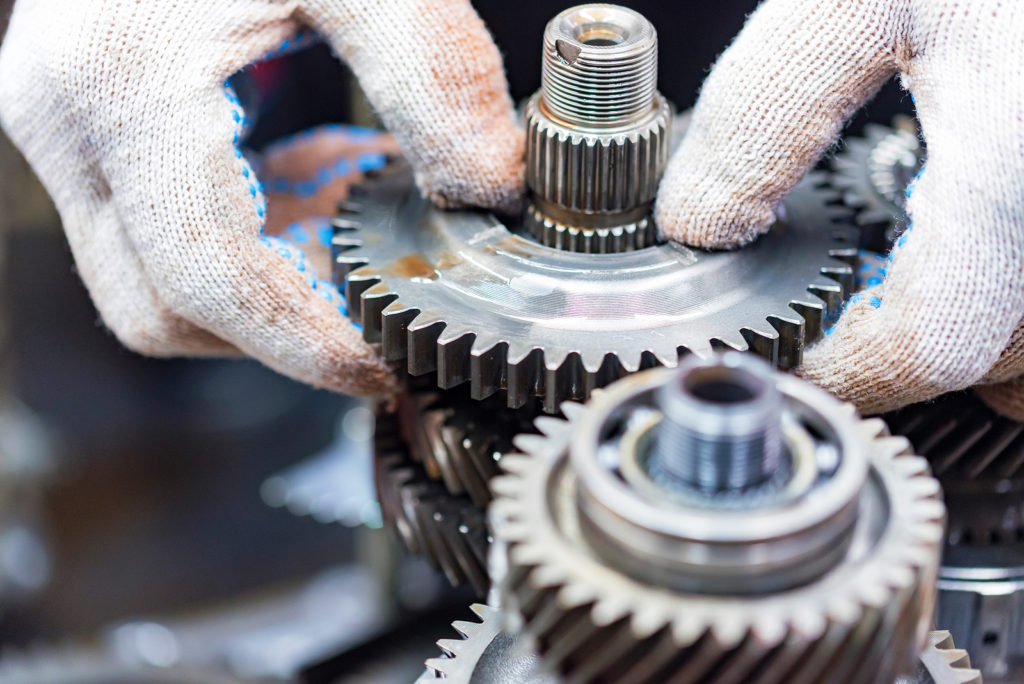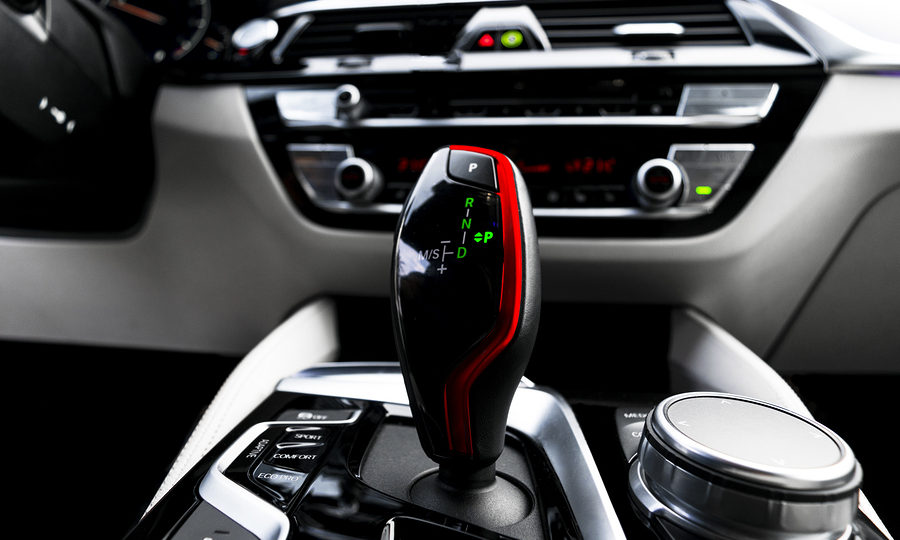Differential fluid and transmission fluid may seem similar, but they actually serve different purposes. Differential fluid helps to lubricate the gears in your car, while transmission fluid helps to cool and protect the transmission components. Transmission fluid should be checked regularly to ensure that it is at the correct level and condition. Differential fluid does not need to be checked as often, but it is important to check it periodically to make sure that it is clean and at the correct level.
Continue reading to learn details about these differences and more.
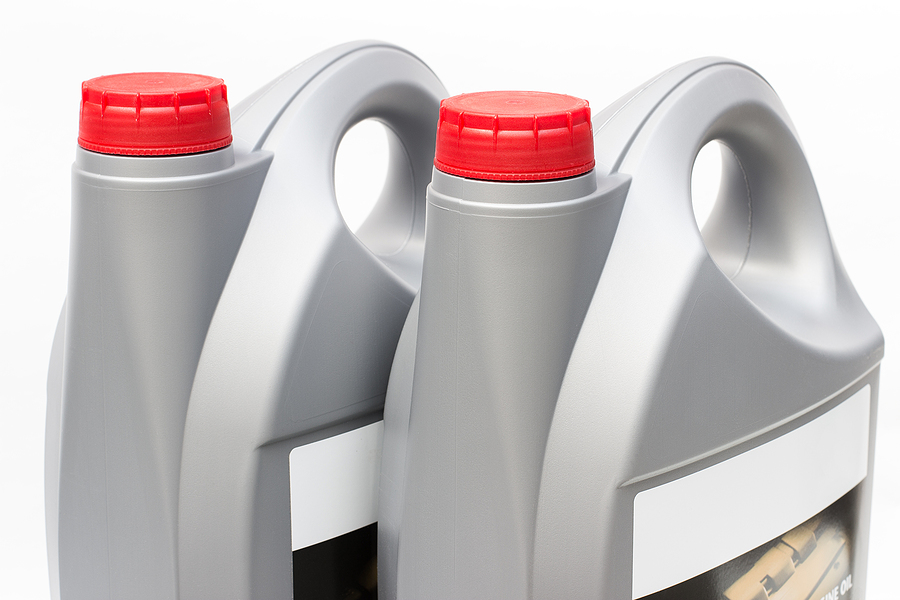
A Comparison of Transmission Fluid and Differential Fluid
Differential fluid is a type of oil that helps to lubricate the gears in your car’s differential. This helps to prevent wear and tear on the gears, as well as reducing noise and improving fuel efficiency. Transmission fluid, on the other hand, is a type of oil that helps to lubricate the gears in your car’s transmission. This helps to prevent wear and tear on the gears, as well as reducing noise and improving shift quality. So, what’s the difference between these two types of fluids?
Differential fluid is thicker than transmission fluid, which means that it can provide better lubrication for the gears in your differential. This can help to prolong the life of your differential and improve its performance. Transmission fluid, on the other hand, is thinner than differential fluid, which means that it can provide better lubrication for the gears in your transmission. This can help to prolong the life of your transmission and improve its performance.
Differential fluid is also designed to withstand higher temperatures than transmission fluid. This means that it can better protect the gears in your differential from heat damage. Transmission fluid, on the other hand, is designed to withstand lower temperatures than differential fluid. This means that it can better protect the gears in your transmission from cold damage.
You Can Benefit From Both Fluids
So, which type of fluid is right for you? If you’re looking for the best possible performance and protection for your car, then you should use differential fluid in your differential and transmission fluid in your transmission. However, if you’re looking for the best possible value, then you should use transmission fluid in both your differential and transmission. Whichever type of fluid you choose, make sure to follow the manufacturer’s recommendations for the best results.
Choose Professional Auto Service
Regularly scheduled car maintenance is important to keep your vehicle running smoothly and prolonging the life of your car. While you may be tempted to save a little money and do the work yourself, it’s important to take the advice of your Indianapolis mechanic when it comes to routine car maintenance. They have the experience and knowledge to keep your car in good condition, and they can also help identify any potential problems before they become bigger issues. Neglecting factory scheduled car maintenance can lead to costly repairs down the road, so it’s always best to err on the side of caution and let the professionals take care of things.
Are you looking for a qualified and affordable Indianapolis auto repair shop that won’t charge unfair rates for car repair or maintenance? Contact Northeast Auto Service at 317-475-1846 for professional automotive service and repair in Indianapolis, Indiana. Request a free estimate, or schedule service, today.
Related Posts:
Here’s How to Tell if Your Transmission is Failing
Automotive Maintenance 101 for Trucks
Check These Five Automotive Fluids Regularly

